Panasonic Lumix S1R II vs Lumix S5 IIX
The new Lumix S1R II is a real hybrid powerhouse, but does the existing Lumix S IIX actually do everything you need?
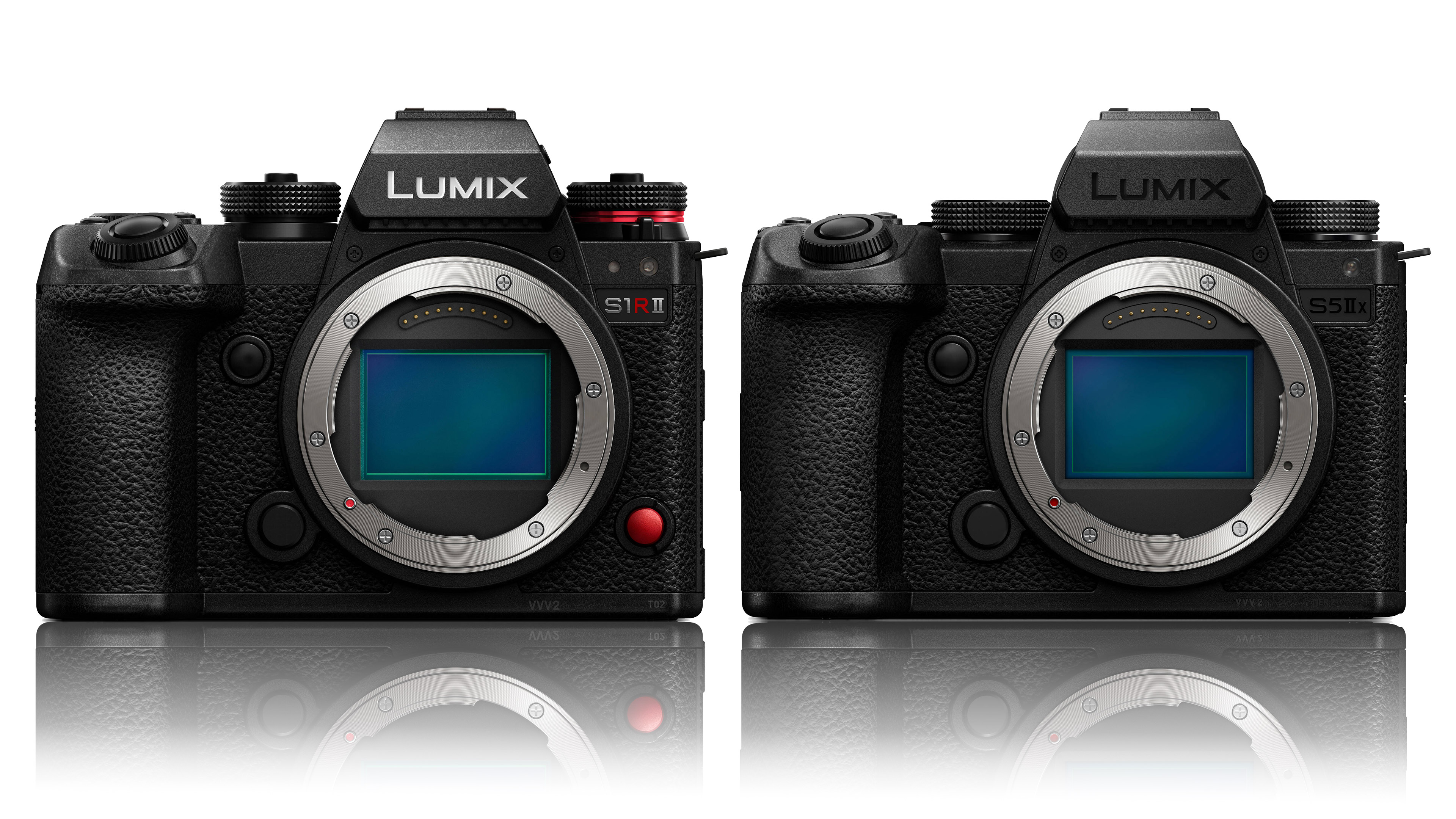
Struggling to decide between the Panasonic Lumix S1R II vs Lumix S5 IIX? It’s tempting to imagine that newer and more expensive cameras are simply better than what went before. This is not quite how things are in the world of digital cameras, though, because a more expensive camera may not be better at what you want to do, or even necessary.
So that’s the big dilemma for anyone choosing between the Lumix S1R II and the Lumix S5 IIX. The S1R II appears to be better at just about everything, but is it better at what you actually need? It captures 44MP still images vs the 24MP images of the S5 IIX, it can shoot at 40fps vs the 30fps of the S5 IIX (though there is a catch) and it captures 8K video compared to the maximum 6K of the S5 IIX.
The Lumix S1R II looks like one of the best professional cameras on the market, and one of the best hybrid cameras too.
All of this makes the Lumix S5 IIX look rather ordinary. It is the video-focused variant of the Lumix S5 II, but what the Lumix S1R II can do puts it firmly in the shade.
But what if all you need is 4K video, maybe 6K tops? What if 24MP stills have more than enough resolution for your photographic work? What if you would rather spend less on your camera body and more on lenses – or even invest in a second body for backup?
Let’s take a closer look at the Lumix S1R II vs Lumix S5 IIX specifications to see just how much the newer camera offers and whether you are likely to need it.
Panasonic Lumix S1R II vs Lumix S5 IIx in 2025
Why you can trust Digital Camera World
Panasonic Lumix S1R II vs Lumix S5 IIX: Sensor

• Panasonic Lumix S1R II: Full-frame CMOS, 44.3MP
• Panasonic Lumix S5 IIX: Full-frame CMOS, 24.2MP
So from the start, the resolution advantage of the Lumix S1R II is considerable. Its 44MP sensor has almost twice the resolution of the S5 IIX’s sensor, and on top of that you’ve got Panasonic’s sensor-shift high-res mode, offering huge 177MP images.
Only you will know, though, whether you actually need 44MP stills, or whether it’s just to satisfy an urge for pixel peeping. It could be a factor if you sell large-scale prints or supply high-end commercial or advertising imagery, but if your work is mainly seen online, even the 24MP resolution of the S5 IIX is likely to be more than you really need.
The S1R II’s 44MP resolution isn’t just for stills. It’s partly a by-product of the step up to 8K video, which needs a minimum of 40MP in order to produce this camera’s maximum 8128-pixel-wide video (it can shoot 8K in a 17:9 ratio as well as 16:9).
Panasonic Lumix S1R II vs Lumix S5 IIX: Photo
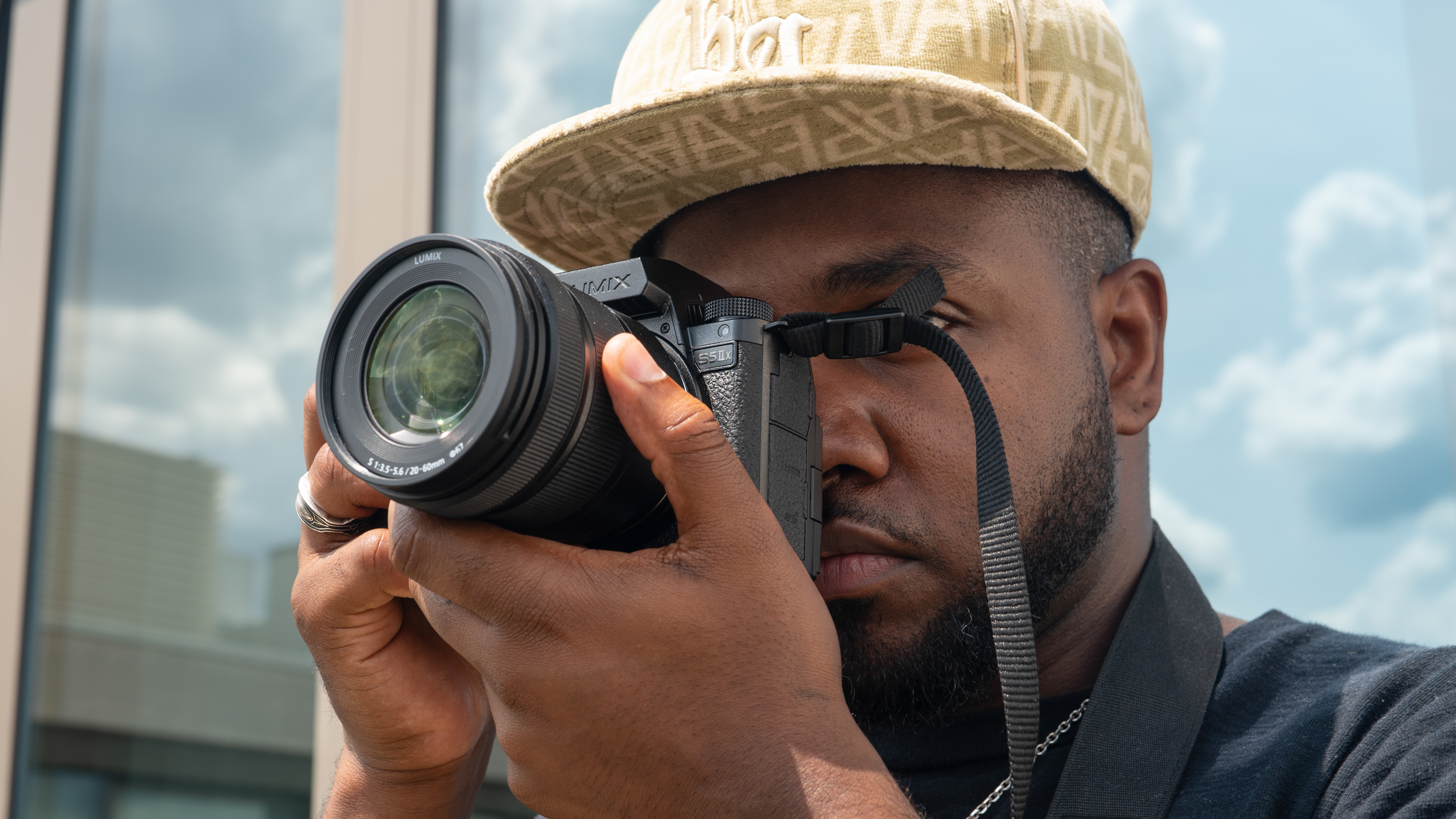
• Panasonic Lumix S1R II: 44MP, 177MP high-res mode, 40fps/70 raw with electronic shutter, ISO 80-51,200 (exp. 40-102,400)
• Panasonic Lumix S5 IIX: 24MP, 96MP high-res mode, 30fps/200+ raw with electronic shutter, ISO 100-51,200 (exp. 50-204,800)
The Lumix S1R II produces still images measuring 8144 x 5424 pixels. That equates to a print 27 inches wide at 300dpi resolution. The still images from the Lumix S5 IIx measure 6000 x 4000 pixels, so you would get a print 20 inches wide at the same 300dpi print resolution.
Expecting a bigger difference? Remember, the S1R II’s near-double megapixel advantage is split between width and height. The linear width difference is a good deal smaller. You won’t get images twice as wide, only around 1.36x wider (and higher).
The continuous shooting speed of the Lumix S1R II is pretty remarkable for a camera with this resolution. It can reach 40fps with its electronic shutter compared to the maximum 30fps of the Lumix S5 IIX. However, these are big images, and the buffer fills up faster.
Panasonic claims a maximum burst of around 70 RAW files for the S1R II but over 200 RAWs for the S5 IIX. Assuming 30fps is enough (when wouldn’t it be?), the S5 IIX can capture significantly longer bursts without slowing down.
But then the advantage seesaws the other way when you factor in the newer AI-powered AF of the Lumix S1R II, which could give it an advantage for subject recognition and continuous tracking.
Panasonic Lumix S1R II vs Lumix S5 IIX: Video
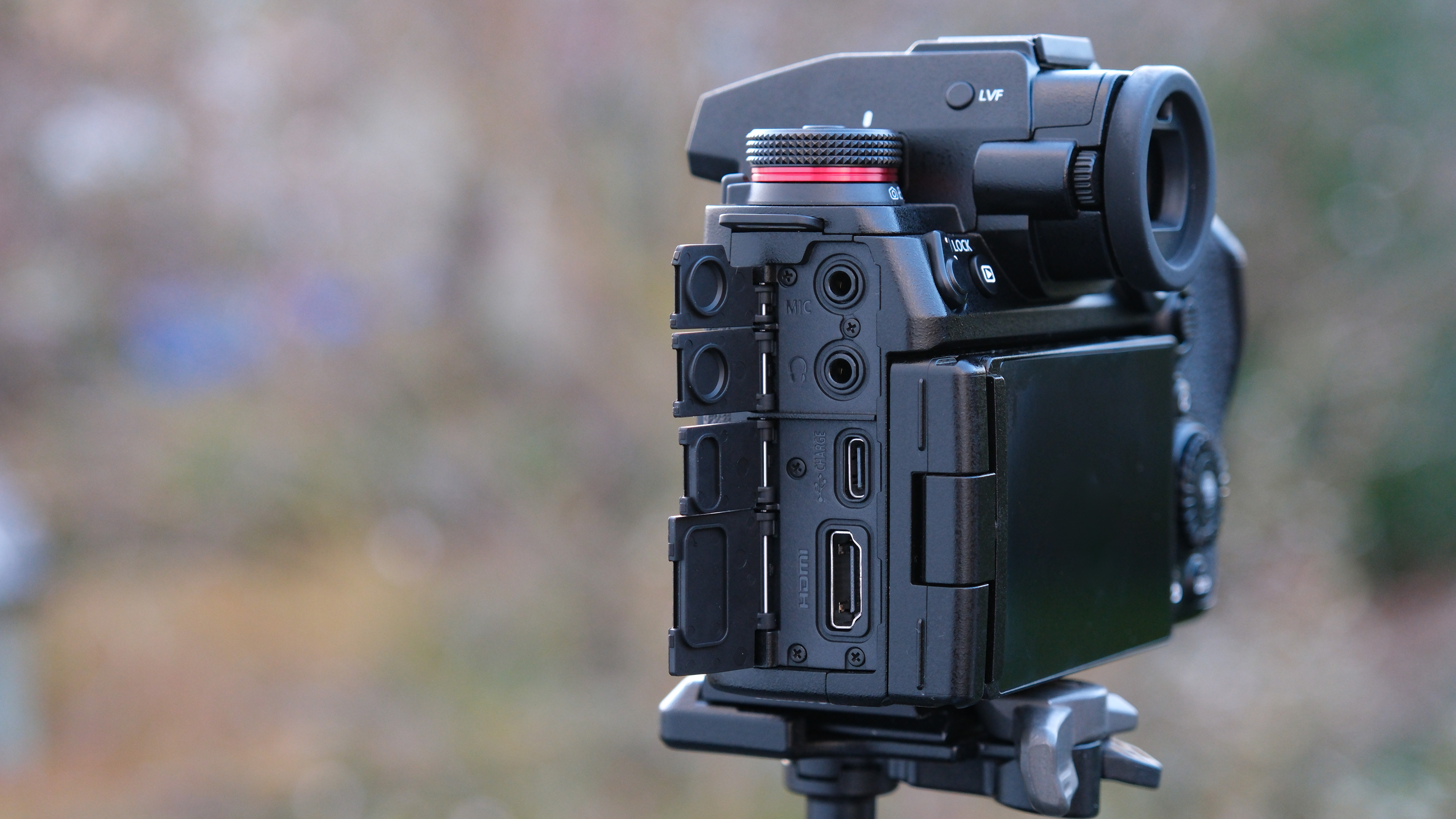
• Panasonic Lumix S1R II: 8K 30p, 6.4K open gate 30p, 4K 60p/120p, All-intra, internal ProRes RAW HQ
• Panasonic Lumix S5 IIX: 6K open gate 30p, 4K 30p, 4K 60p with crop, ProRes RAW over HDMI. ProRes 422 and all-I to external SSD
For video, the comparison doesn’t even seem close. The Lumix S1R doesn’t just film at a higher 8K resolution, it offers a much wider range of full-width resolutions and frame rates plus, thanks to its CFexpress Type B card slot, internal ProRes RAW capture.
The Lumix S5 IIX is perfectly competent by mid-range hybrid camera standards, but doesn’t really come close. It does offer 6K open gate capture, but if you shoot 4K you are limited to 30p full-width capture and if you want to shoot 4K 60p you have to accept an APS-C crop.
The S1R II, by contrast, can shoot full-width 4K right up to 120p (Panasonic’s published specs indicate the 120p option is full width but it does look like it uses pixel binning).
But for anyone choosing between these two cameras, this is a good time for a reality check. Does the Lumix S5 IIX already do enough for your vlogging and filmmaking work? Unless you are involved in serious cinematic / commercial productions, it probably does. You can extend its recording options with an external recorder or SSD, too – though of course, that will bring it closer to the price of the S1R II.
Perhaps the trick is to concentrate on what you know you need now, not what you think you might need in the future, because by the time the future arrives, the tech will have moved on again.
Panasonic Lumix S1R II vs Lumix S5 IIX: Stabilization
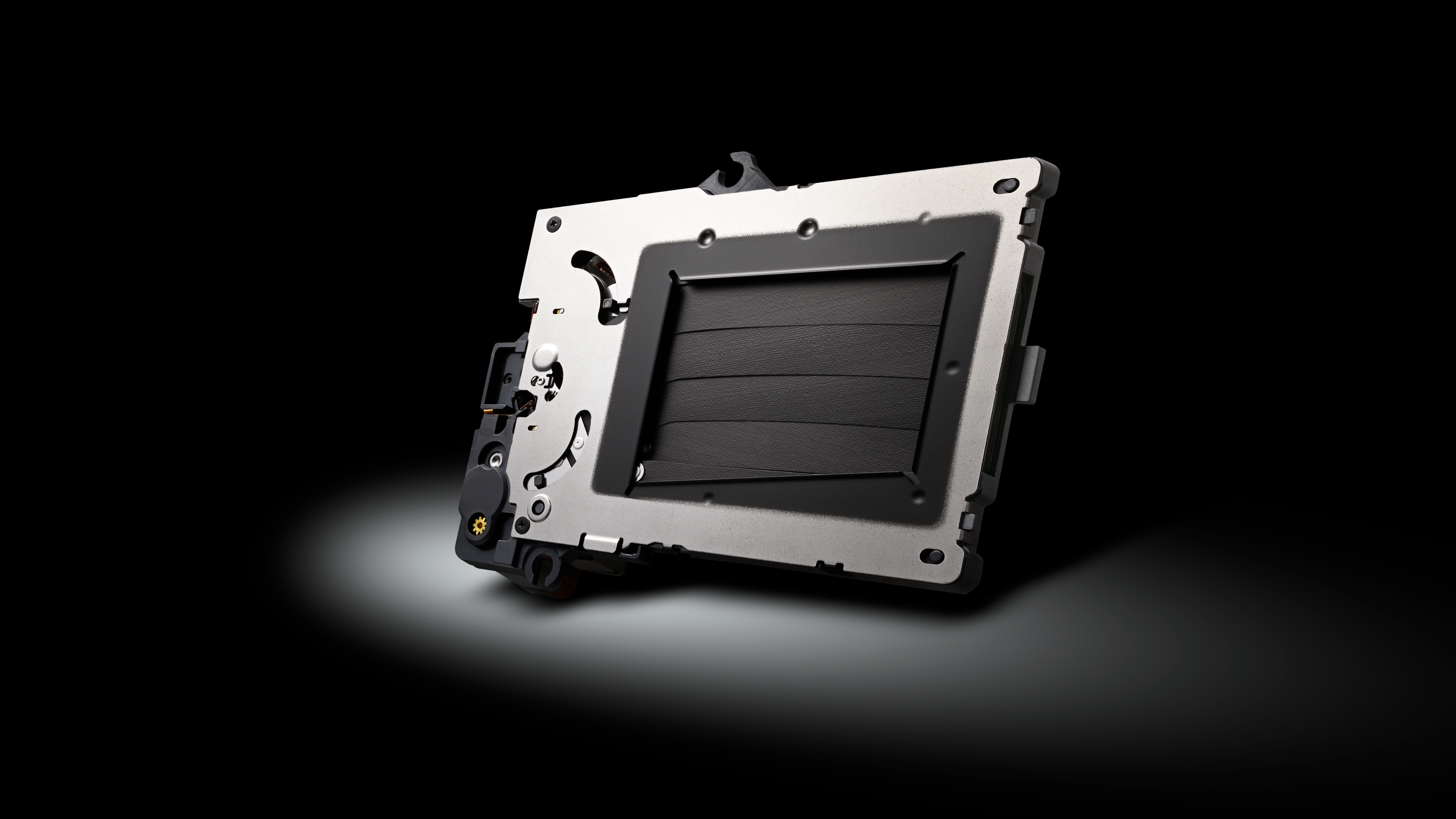
• Panasonic Lumix S1R II: 5-axis, 8EV center, 7EV periphery, 7EV Dual IS
• Panasonic Lumix S5 IIX: 5-axis, 5EV 6.5EV Dual IS
Panasonic quotes some interesting stabilization figures for the Lumix S1R II, with up to 8EV compensation in the center of the frame and 7EV at the periphery. Camera makers are starting to acknowledge that peripheral movement can be worse, hence the two figures. Both are well up on the claimed 5EV compensation for the Lumix S5 IIX.
These two cameras also offer Dual IS with supporting lenses. The figures are much closer here, at 7EV for the S1R II and 6.5EV for the S5 IIX. Why is the Dual IS figure for the S1R II lower than its standard IBIS-only compensation? It’s because it’s used with telephoto lenses, where the compensation effect is reduced anyway – so Panasonic is really quoting figures for different circumstances.
Panasonic Lumix S1R II vs Lumix S5 IIX: EVF and rear screen
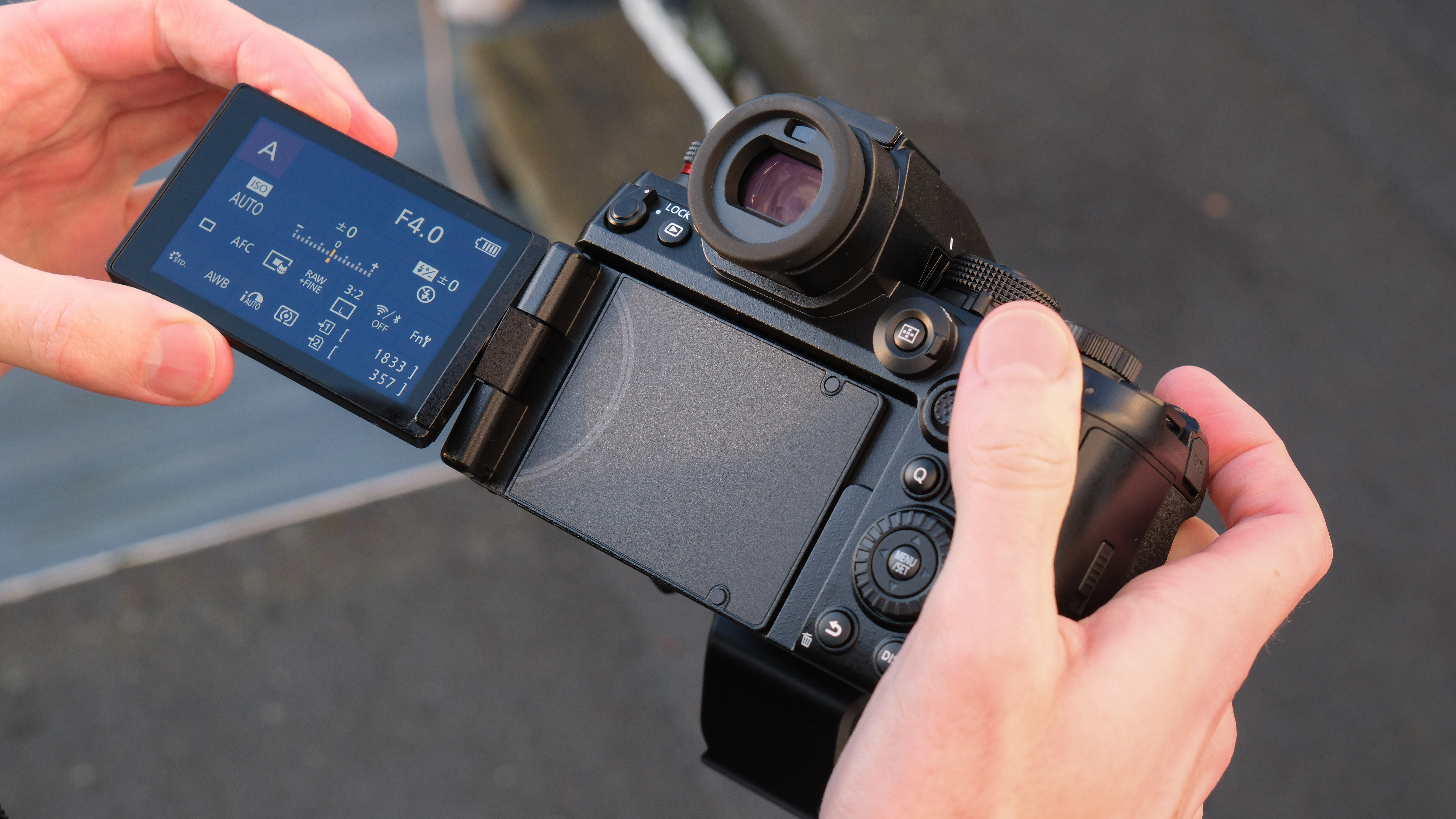
• Panasonic Lumix S1R II: 5.76m dots, 0.78x magnification, 3-inch, 1.84m dot tilt/free-angle design
• Panasonic Lumix S5 IIX: 3.68m dots, 0.78x magnification, 3-inch, 1.84m dot vari-angle
With more expensive cameras you do tend to get better viewfinders, and that’s the case here. The 5.76m dot EVF of the Lumix S1R II is not the highest by current standards but still very decent and an improvement on the 3.68m dot EVF of the S5 IIX. Both have the same 0.78x magnification.
Round the back, there’s a change. Both cameras have 3-inch 1.84m dot displays, but where the S5 IIX has a regular vari-angle pivot, the S1R II has a dual-action tilt-pivot screen. You can flip it out sideways, but you can also tilt it for on-axis viewing, which also keeps it out of the way of any cables while filming.
With the better EVF and more versatile rear screen, that’s a win for the Lumix S1R II.
Panasonic Lumix S1R II vs Lumix S5 IIX: Memory
• Panasonic Lumix S1R II: 1x CFexpress Type B, 1x SD UHS II
• Panasonic Lumix S5 IIX: 2x SD UHS II
To achieve its high-resolution video capture, the Lumix S1R II needs the speed of CFexpress Type B cards – so it has one slot for this format and one for regular SD UHS-II cards. It’s not ideal having two card types, since you can’t use matched cards for real-time backups – but it does at least offer the speed of CFexpress Type B and the cost-effectiveness and backwards-compatibility of SD.
The Lumix S5 II just offers two SD UHS-II cards slots, which is altogether simpler and reflects its less data-hungry video capabilities..
Panasonic Lumix S1R II vs Lumix S5 IIX: Size and weight
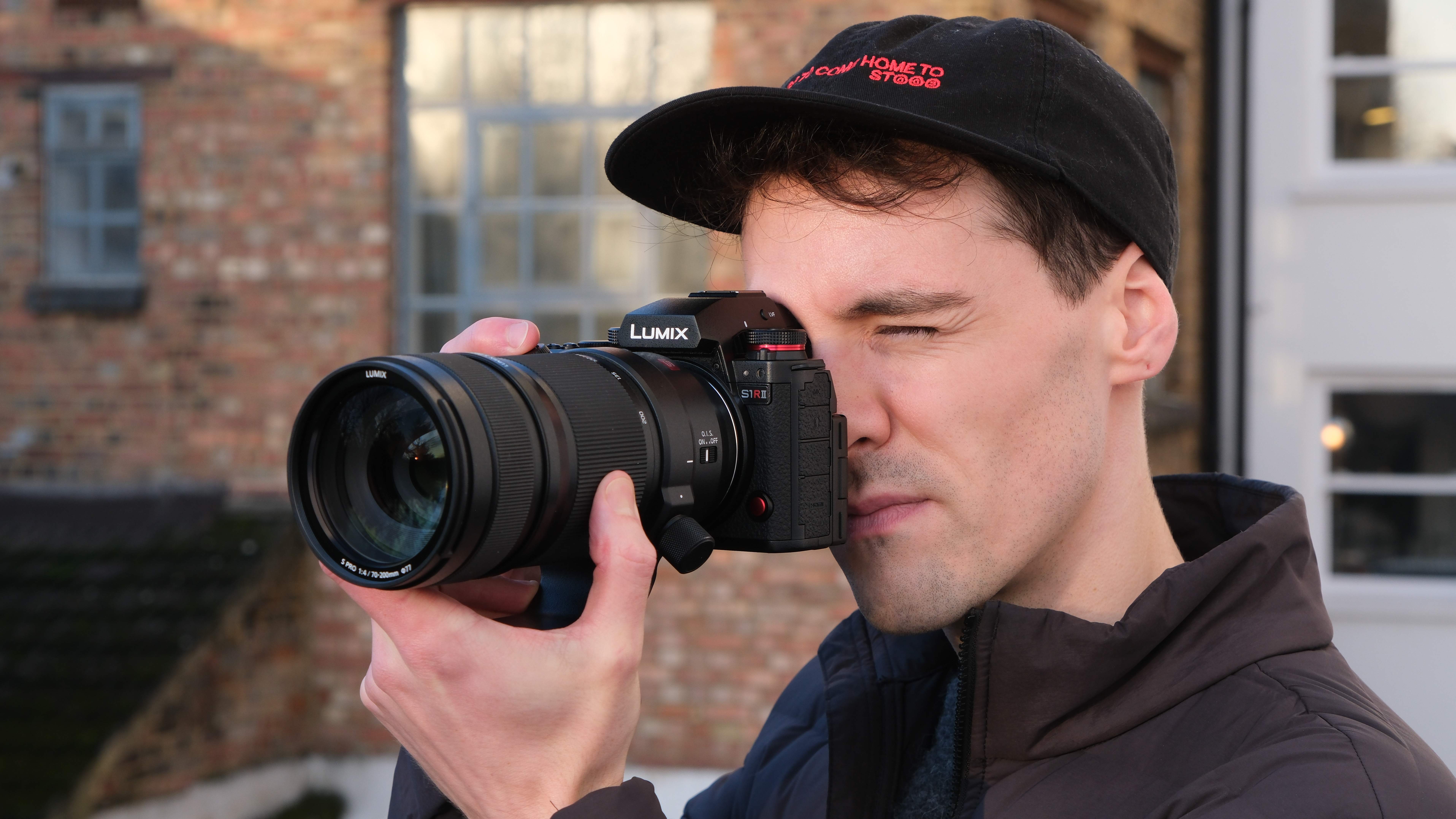
• Panasonic Lumix S1R II: 134.3 x 102.3 x 91.8mm, 795g
• Panasonic Lumix S5 IIX: 134.3 x 102.3 x 90.1mm, 740g
These two cameras are very similar in their physical appearance, size and weight. Given that the Lumix S1R II is so much more powerful, Panasonic has done well to keep the weight down to 795g, including the battery and a memory card – that’s just 55g more than the Lumix S5 IIX. In use, you’re not really likely to notice any difference, so there is no winner here.
Panasonic Lumix S1R II vs Lumix S5 IIX: Price
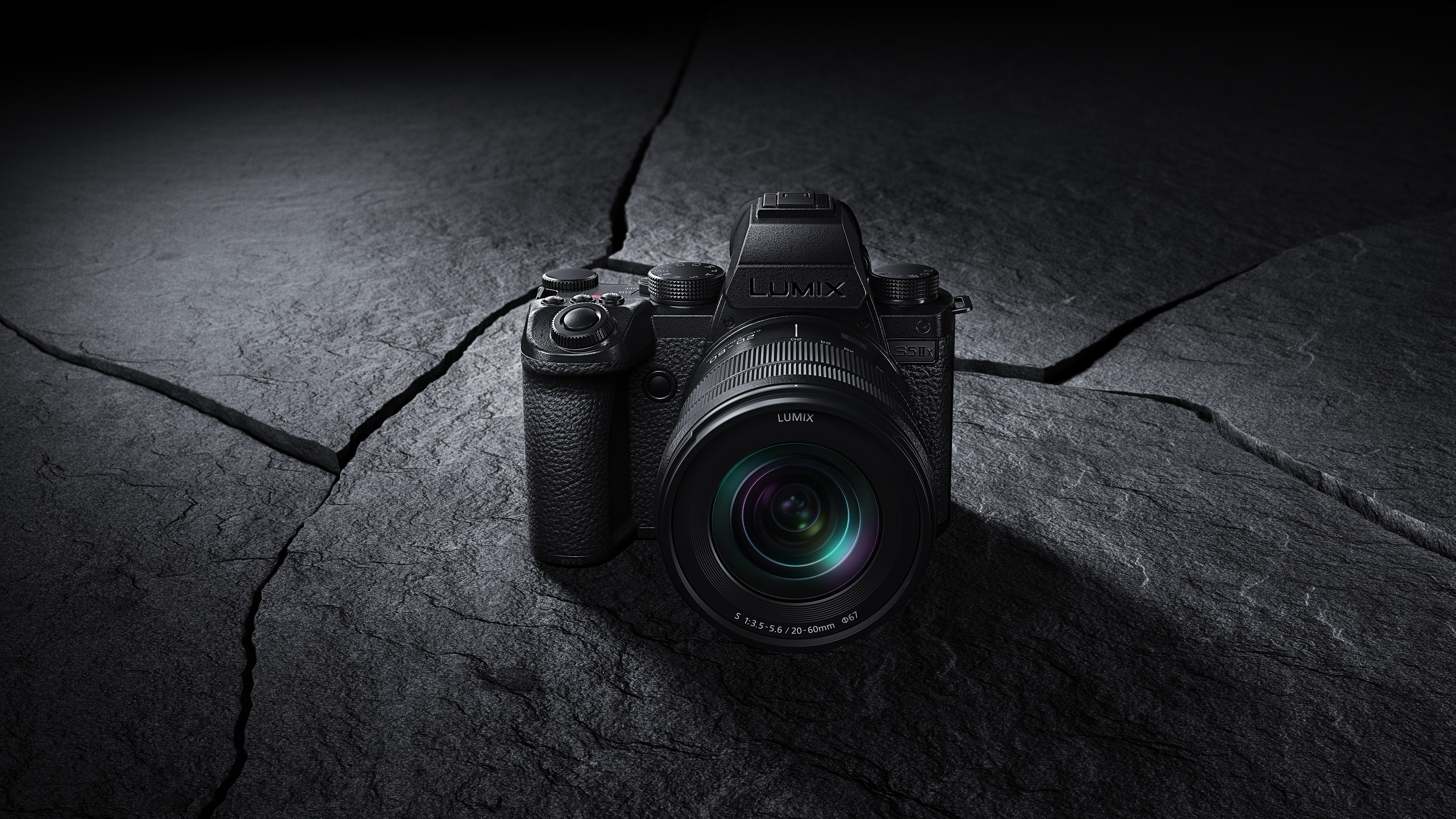
• Panasonic Lumix S1R II: $3,297 / £2,999
• Panasonic Lumix S5 IIX: $2,197 / £1,999
For a high-resolution 8K hybrid camera, the Lumix S1R II is very competitively priced. Nevertheless it still costs around $1,000 / £1,000 more than the Lumix S5 IIX. It’s well worth the money if you definitely need the features it offers, but it’s a lot to pay if the S5 IIX does the job equally well. This will depend entirely on the kind of stills / video work you do, or want to do.
Panasonic Lumix S1R II vs Lumix S5 IIX: Verdict

The S1R II represents a major step up in professional video specifications, there’s no doubt about that. But it may be adding features you don’t actually need and won’t use.
We spend a lot of money trying to ‘future-proof’ our camera buys in anticipation of things we think we might need to do further down the line, only to replace them in a couple of years anyway when something else comes out.
Or it may be the stills resolution that convinces you; 24MP has now become a kind of basic standard for full-frame camera resolution, but there will always be photographers who want more, either for their own satisfaction or because their clients demand it.
It’s always human nature to prefer the ‘best’ over the ‘adequate’, and that’s the dilemma here. The Lumix S1R II will be like a dream camera for many, while the S5 IIX is there simply to do a job – even though it does it rather well. The price gap is significant but not huge, so if you can afford (and justify) the extra outlay, the Lumix S1R II does look like a clear winner.
Get the Digital Camera World Newsletter
The best camera deals, reviews, product advice, and unmissable photography news, direct to your inbox!

Rod is an independent photography journalist and editor, and a long-standing Digital Camera World contributor, having previously worked as DCW's Group Reviews editor. Before that he has been technique editor on N-Photo, Head of Testing for the photography division and Camera Channel editor on TechRadar, as well as contributing to many other publications. He has been writing about photography technique, photo editing and digital cameras since they first appeared, and before that began his career writing about film photography. He has used and reviewed practically every interchangeable lens camera launched in the past 20 years, from entry-level DSLRs to medium format cameras, together with lenses, tripods, gimbals, light meters, camera bags and more. Rod has his own camera gear blog at fotovolo.com but also writes about photo-editing applications and techniques at lifeafterphotoshop.com
